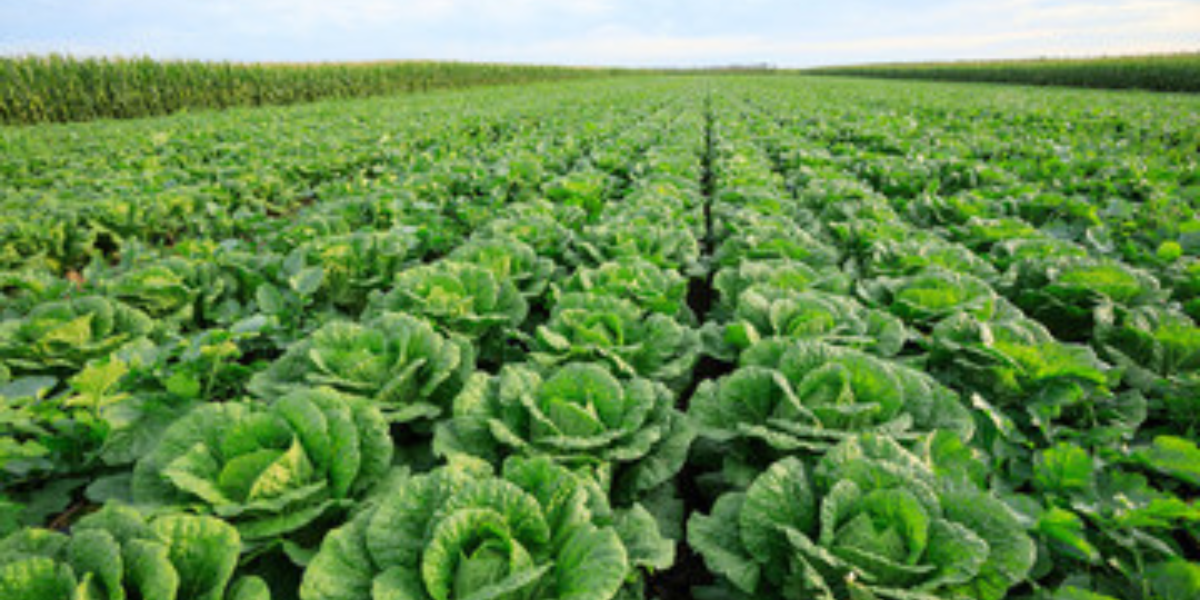
Brassicas - could they be the key to lowering your feed costs?
by Suzanne Smyth, Grass & Forage Trader
Brassica forage crops offer a flexible feeding option for livestock farmers with a range of sowing and feeding dates to produce all year-round feed.
And, if you select the right one, there is a forage crop suitable for most farm situations which can be used to increase the amount of grazed forage in the diet rather than relying on bought in feed.
Being able to extend the grazing season into late autumn or early winter can also help to reduce housing costs, as well as saving silage stocks.
Plan ahead
Although brassicas can provide a short-term solution, it’s worth ensuring they fit into your system and you’re able to make the most of what they have to offer. Selecting the right site is key. The ideal fields are where the grass yield is falling.
However, if you are going to be using them for outwintering you need to ensure all cross-compliance requirements are met by avoiding heavy soil types and steep fields. You will also need to make sure there is no threat to water courses and there is suitable shelter for livestock.
Good break crop and soil booster
Brassicas make an excellent break between grass reseeds by helping to disrupt the lifecycle of pests which damage newly sown leys.
When sown after the first cut silage they can provide valuable summer grazing. They are also a good break crop to restore soil health and, as these crops are grazed, nutrients and organic matter are returned to the land to boost soil fertility.
Sowing tips
Brassicas should be sown when soil temperatures are around 10°C and rising but need to be sown for the target grazing period. Sowing too early will lead to higher yields but crops can become less digestible as they mature, causing utilisation to fall.
Mid season dip in grass growth
If you are looking to fill any summer grazing gaps or extend the grazing season at the end of the year, then select fast growing catch crops such as forage rape, hybrid brassicas or bounce back brassica Skyfall.
If you are looking for an outwintering option, then choose a slower growing main crop brassica like kale which is more winter hardy.
Management tips
To maximise efficiency and minimise waste, strip grazing with electric fencing needs to be well managed. If growing a crop with regrowth potential the forage should not be grazed below 10cm. Then back fenced to allow the area to regrow. Introduce stock to brassicas gradually and with full stomachs – for one to two hours a day initially, building to unlimited access in seven to 10 days.
The target should be to achieve at least 85 to 90% crop utilisation, minimising the amount of forage remaining in the field.

To place an order for your brassica seed or to discuss your requirements ring the Grassland and Forage Team on 01769 576232









